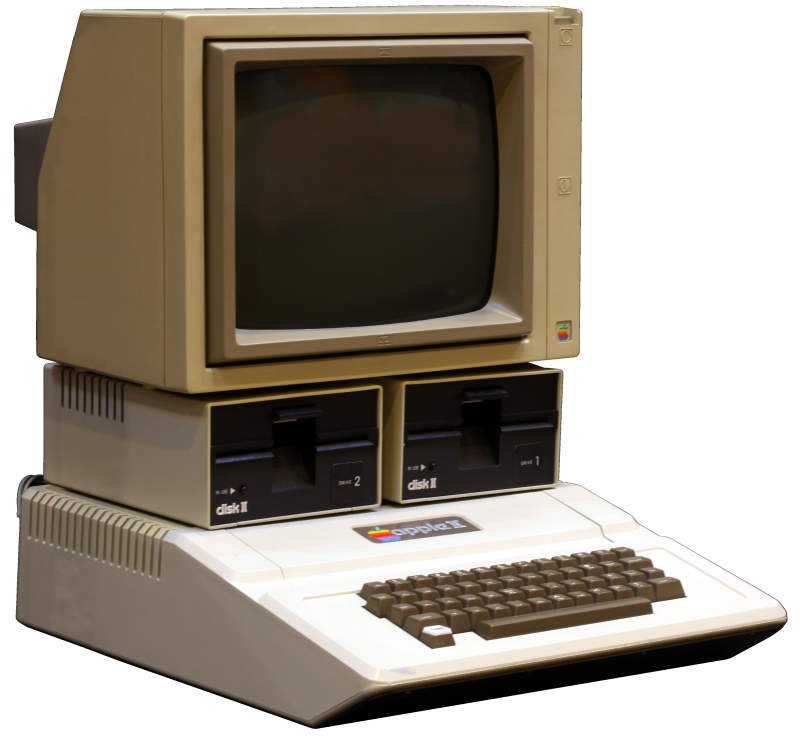Earlier this semester Older Kids gave presentations on a computer topic. Some of their possible topics were famous computer scientists. Most people have heard of Bill Gates and Steve Jobs, but we also had presentations on less famous—but just as influential—women like Ada Lovelace and Grace Hopper.
Today we watched a recent short documentary on Grace Hopper called The Queen of Code. The film highlights her incredible contribution to the not-yet-invented discipline of computer programming, and the contribution of women to the field. It’s especially important to remember today, when not many women make careers in computer science. As we’ll see when we get deeper into coding, you can do so much more than make video games: solve complex problems, simulate the natural world, create art and music. And Grace Hopper, the “Queen of Code”, was one of the people who helped make it all possible.


 Older Kids are busy working on a presentation that they will give to the entire class. The topic for this presentation is computer-related. They can choose a famous computer scientist (Bill Gates, Steve Jobs, Ada Lovelace, Grace Hopper, Charles Babbage, Herman Hollerith), an important computer concept (user interface, CPU, internet, operating system), or a famous computer (Eniac, IBM PC, Apple II). Since we haven’t studied any of these yet in computer class, they have to do all original research too.
Older Kids are busy working on a presentation that they will give to the entire class. The topic for this presentation is computer-related. They can choose a famous computer scientist (Bill Gates, Steve Jobs, Ada Lovelace, Grace Hopper, Charles Babbage, Herman Hollerith), an important computer concept (user interface, CPU, internet, operating system), or a famous computer (Eniac, IBM PC, Apple II). Since we haven’t studied any of these yet in computer class, they have to do all original research too.






